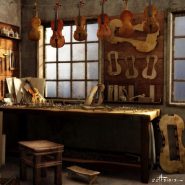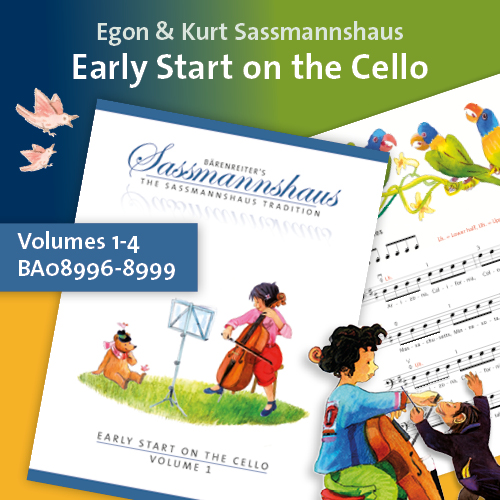Tag: fingerboard
By Wayne Burak January 19, 2012
Subjects Instrument Care
Tags acoustics, Adjustments, alterations, bridge, Burak, cello, cello setup, cellobello, changes, fingerboard, humidity, neck angle, performance, strings, Wayne, woodworking
By Wayne Burak March 21, 2011
Subjects Instrument Care
Tags bows, Burak, cello bridge, cello setup, change, endpin, fingerboard, history, neck angle, pernambuco, plane, stage, strings, trends, varnish, Wayne, woodworking



